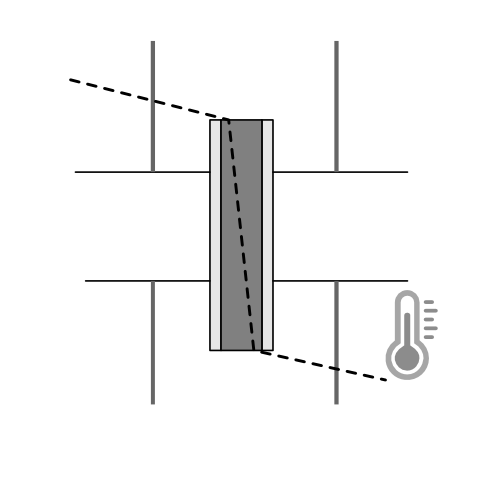
Structural thermal break pads are an innovative solution in the construction industry, designed to counteract the effects of thermal bridging in buildings.
This post explores how these thermal insulators enhance building efficiency by reducing heat loss and minimizing condensation, especially where structural elements penetrate the building’s thermal envelope.
Structural Thermal Break Pads are thermal insulators installed between horizontal and vertical structural connections to prevent thermal bridging. Structural Thermal Break Pads provide a simple, economical, and highly effective solution to meet building requirements by reducing heat loss and condensation potential within our exterior enclosure assemblies. Structural Thermal Break Pads are also used in hot climate conditions to insulate the cool, air-conditioned interior from the hot outside conditions.
They can be used in various applications, and typical uses are for external-to-internal structural connections, façade structural connections, structural columns/skeleton structures, linear steel and masonry connections, balustrades and roof penetrations, and concrete frame-to-steel frame connections.
Design TOgether with your structural engineer to determine your building’s structural connection requirements, and with your facade consultant for exterior enclosure detailing. Work together with Thermal Break Pad manufacturers to select suitable applications and products for your project.
Structural Thermal Break Pads are a critical component in the design of energy-efficient buildings. By effectively interrupting the path of thermal bridges, these pads not only improve the thermal performance of buildings but also contribute significantly to reducing overall energy consumption. Whether dealing with hot climates or trying to prevent heat loss in colder regions, incorporating thermal break pads into building designs ensures a greener, more sustainable construction approach. Architects, engineers, and builders are encouraged to consider these solutions early in the design process to maximize their benefits.
Ready to streamline your structural thermal break pads detailing into your design?
Discover how D.TO enhances your daily design workflows on D.TO’s key features page, or schedule a demo to explore them in more detail!!
